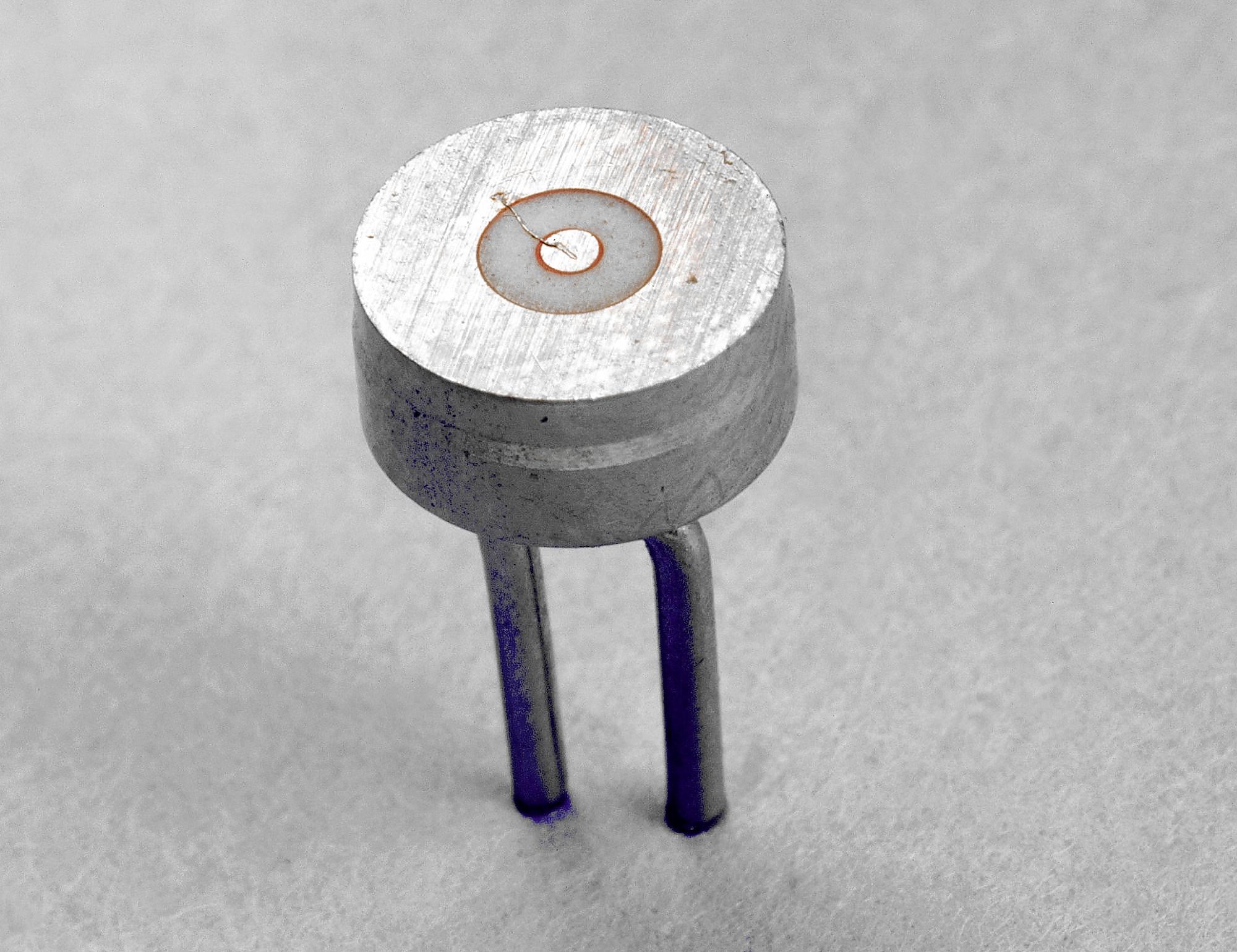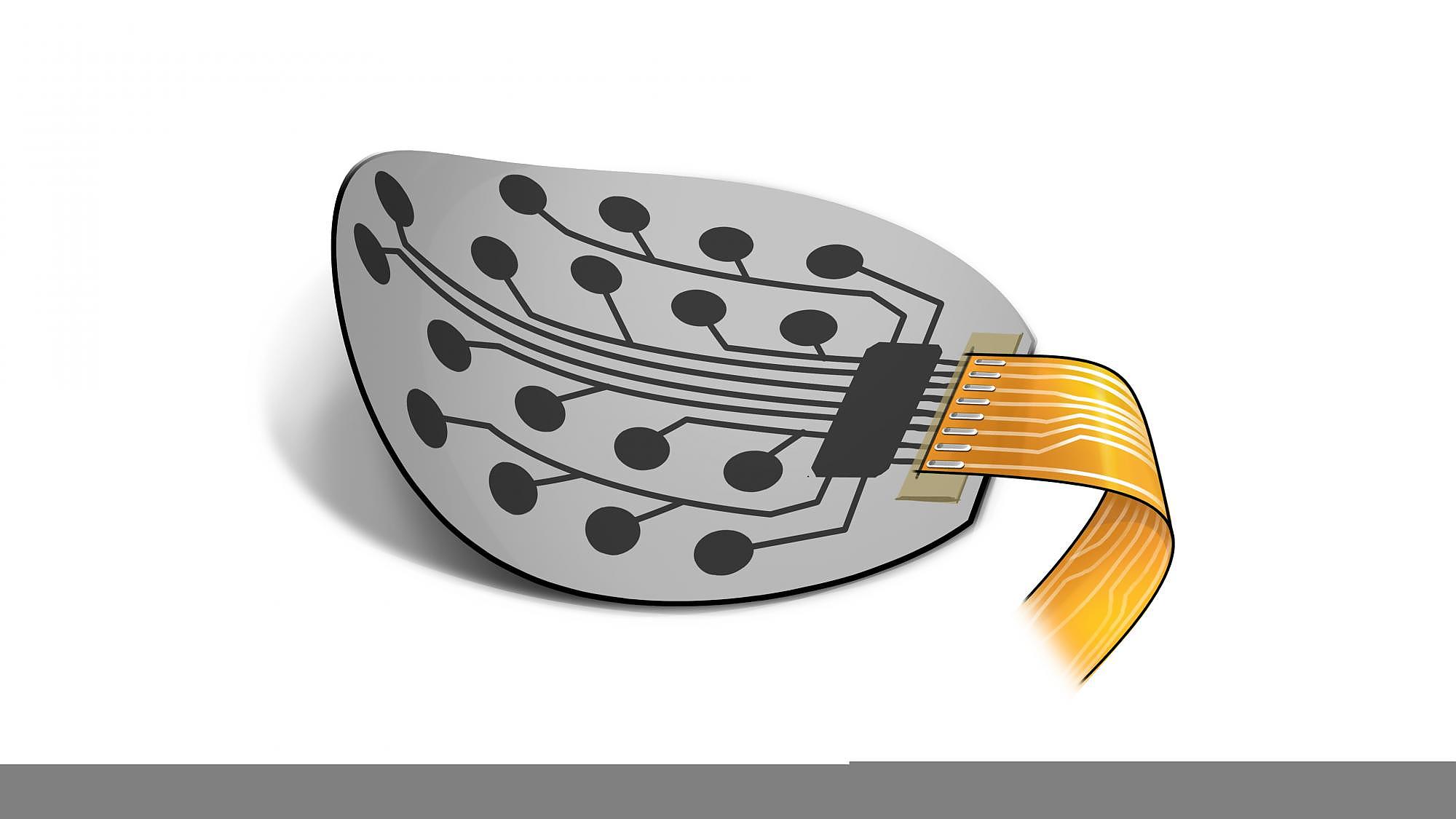Tu sei qui
Sensors
Current sensor manufacturing methods benefit through the application of micro welding techniques. The sensor market is extremely broad, ranging from high value, low volume hand made devices through to highly cost sensitive mass produced items.
Quality and robustness in the assembly process is now as much a key selling point as is the functionality of the device itself.
Micro resistance welding is a very common assembly method in sensor manufacturing and peripheral wire attachments. Micro resistance welding is not just used to make joints. As with soldering, the process can be used to consolidate flexible stranded wires into a solid block in order to remove stray strands and to provide a solid base for the next assembly stage. Typically with sensor welding, a single welded joint will provide an electrically high integrity joint which, if needed, can be traced and tested in terms of metallurgy. Micro welding in sensors and similar applications typically implies parts from around 3mm down to around 10μm.
Less prevalent than micro resistance welding but nevertheless equally effective, micro arc welding finds it’s place in sensor assembly generally where two components are bound or pushed together allowing provision for the two parts to amalgamate when heated by a contactless electric arc. Common applications include the termination of fine wires to component pins, for example inductive sensors or the mounting of semi conductor package pins onto lead frames. As with resistance welding, the process is usually very fast (< 0.5 seconds).
Soluzioni personalizzate
Inviateci un vostro campione e noi costruiremo una soluzione per voi


